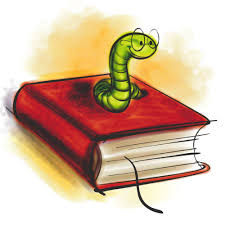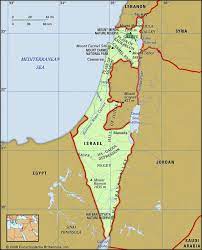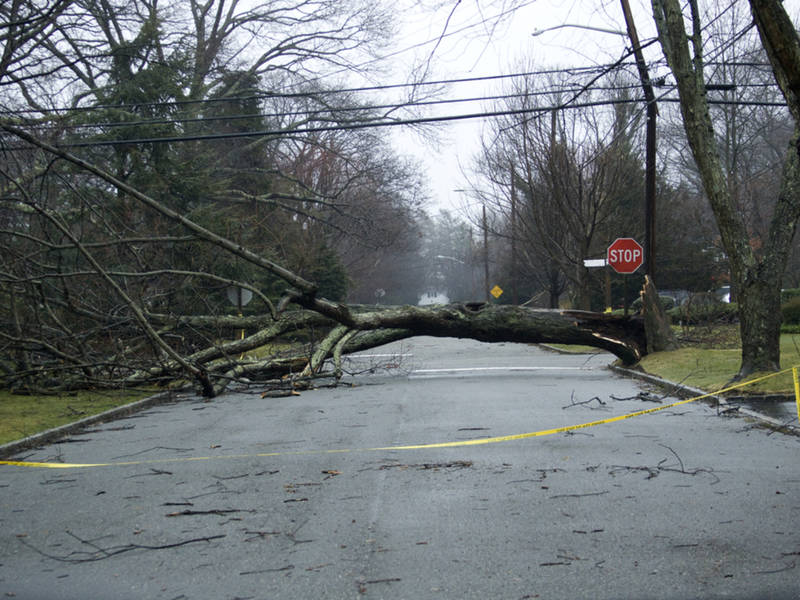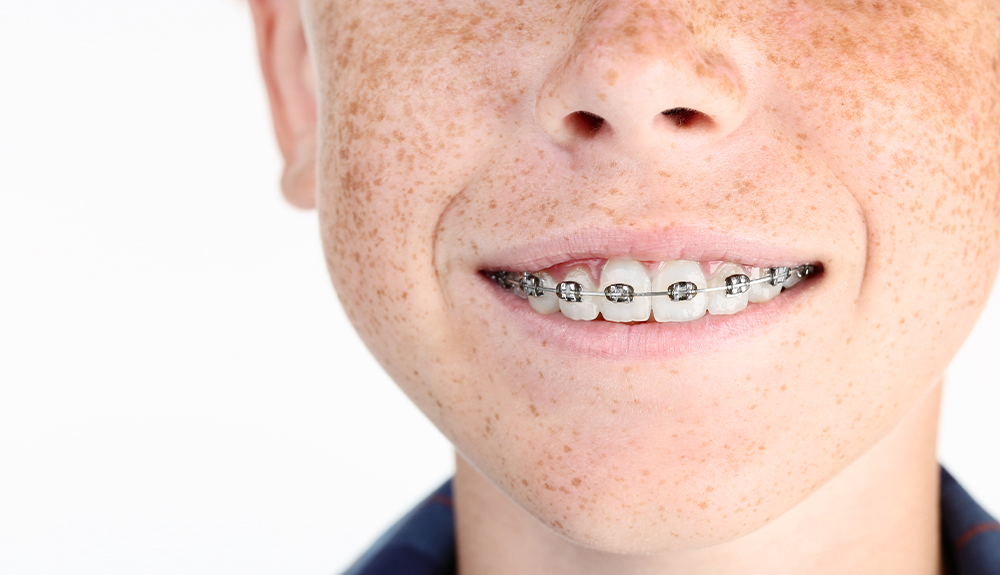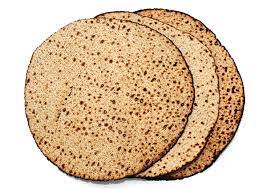In the summer of 2019, my wife and I visited the Museum of Jewish Art and History in Paris and had the opportunity to see a remarkable exhibition about Adolfo Kaminsky, a man credited with saving the lives of at least 10,000 Jews in France during World War II.
The Early Years
Adolfo Kaminsky’s parents were Russian Jews who met and married in Paris. His mother had fled to Paris from the pogroms in Russia, and his father, a journalist for a Jewish Marxist newspaper in Russia, was forced to leave. Because of his father’s alleged ties to the Jewish Labor Bund, Adolfo’s parents were expelled from France and spent time in Turkey and in Buenos Aires, Argentina, where Adolfo was born in 1925. They later returned to France, eventually settling in the town of Vire, in Normandy, in 1932.
The family was poor, and young Adolfo soon found work as a clothes dyer and dry cleaner, where he learned the magic of colors and how to use various chemicals. Kaminsky also worked on a dairy farm, where he performed chemical tests to verify milk quality and discovered that lactic acid could be used to remove supposedly indelible black ink from paper. These skills would serve him well in his work for the French Resistance during World War II.




